Best HDMI cable - which should you pick?
The best HDMI cables you can buy for photography and video
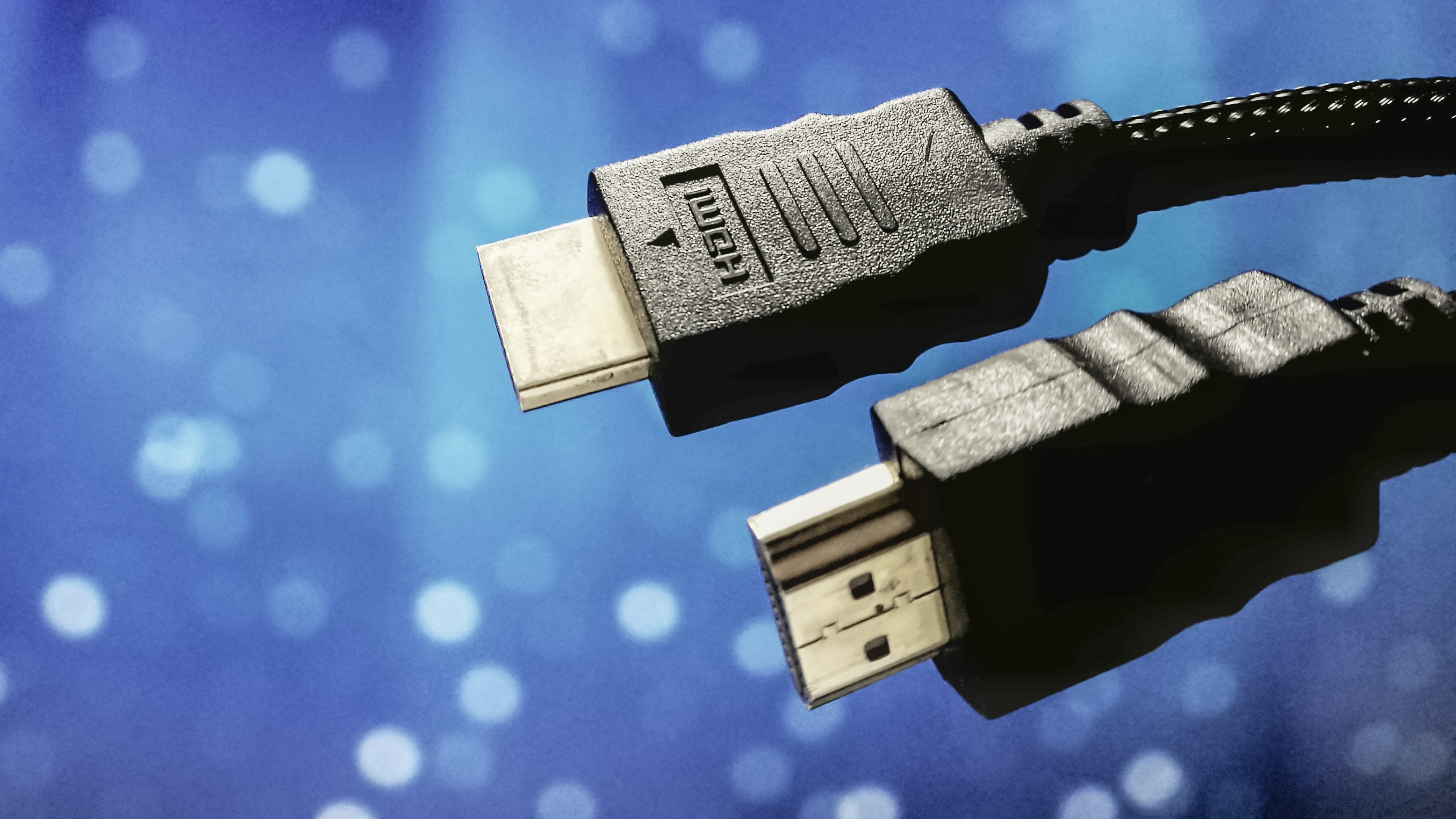
Buying the best HDMI cable for your needs and budget can be a surprisingly complex task. On the one hand, the ubiquitousness of HDMI cables and ports means that any HDMI cable should just work - even budget ones.
However, since HDMI launched 20 years ago, there have been various new standards and upgrades to HDMI, so while a 20 year-old HDMI 1.0 cable may work fine, you could be missing out on newer features, such as higher resolutions and frame rates, Audio Return Channel (ARC) and high-speed data transfer. If you're a photographer, film maker or content creator, some of these new features are essential, and that means you need to pay attention to the type of HDMI cable you are buying.
HDMI Ethernet and Audio Return Channel (HEAC) and ARC were introduced with HDMI 1.4, and are primarily designed to reduce the amount of cables you need to connect to your devices. Using HEAC, you can have a single HDMI cable transmit (and receive) visual, audio and network data.
A standard HDMI 1.4 cable can handle resolutions up to 1080i and 720p - which these days isn't ideal. A High Speed HDMI 1.4 cable can support 1080p and 4K resolutions, though 4K is limited to 30Hz. These cables also support 3D footage and deep color.
In 2015, HDMI 2.0 was introduced, and the cables (sometimes known as Premium High Speed HDMI cables) got higher data bandwidths, along with extra testing requirements that were aimed at improving stability and image quality.
Then, in 2017, HDMI 2.1 was launched (also known as Ultra High Speed HDMI Cable), which again increased the bandwidth so that these cables can support 4K, 5K, 8K and even 10K resolutions at 120Hz refresh rates.
For the absolute best image quality, then, you'll want to look for HDMI 2.1 cables. You'll also need to make sure the devices you're connecting together have HDMI 2.1 ports. If they don't, then you won't get all the features. However, as HDMI 2.1 cables are backwards compatible, they will still work with older HDMI ports.
There are also different HDMI connector types, which determines what ports the HDMI cable can plug into. The most popular is the full-size Type A HDMI connector, which is found on most devices, including TVs and monitors.
There are also the smaller HDMI Type C (Mini) and HDMI Type D (Micro) which are sometimes used on smaller devices such as cameras and some laptops. If you want to connect these to a monitor, you'll need a HDMI cable that has HDMI Type C or Type D on one end, and HDMI Type A on the other.
If this all sounds a bit confusing, don't worry, as below you'll find our picks for the best HDMI cables you can buy right now.
The best HDMI cables2025
Why you can trust Digital Camera World
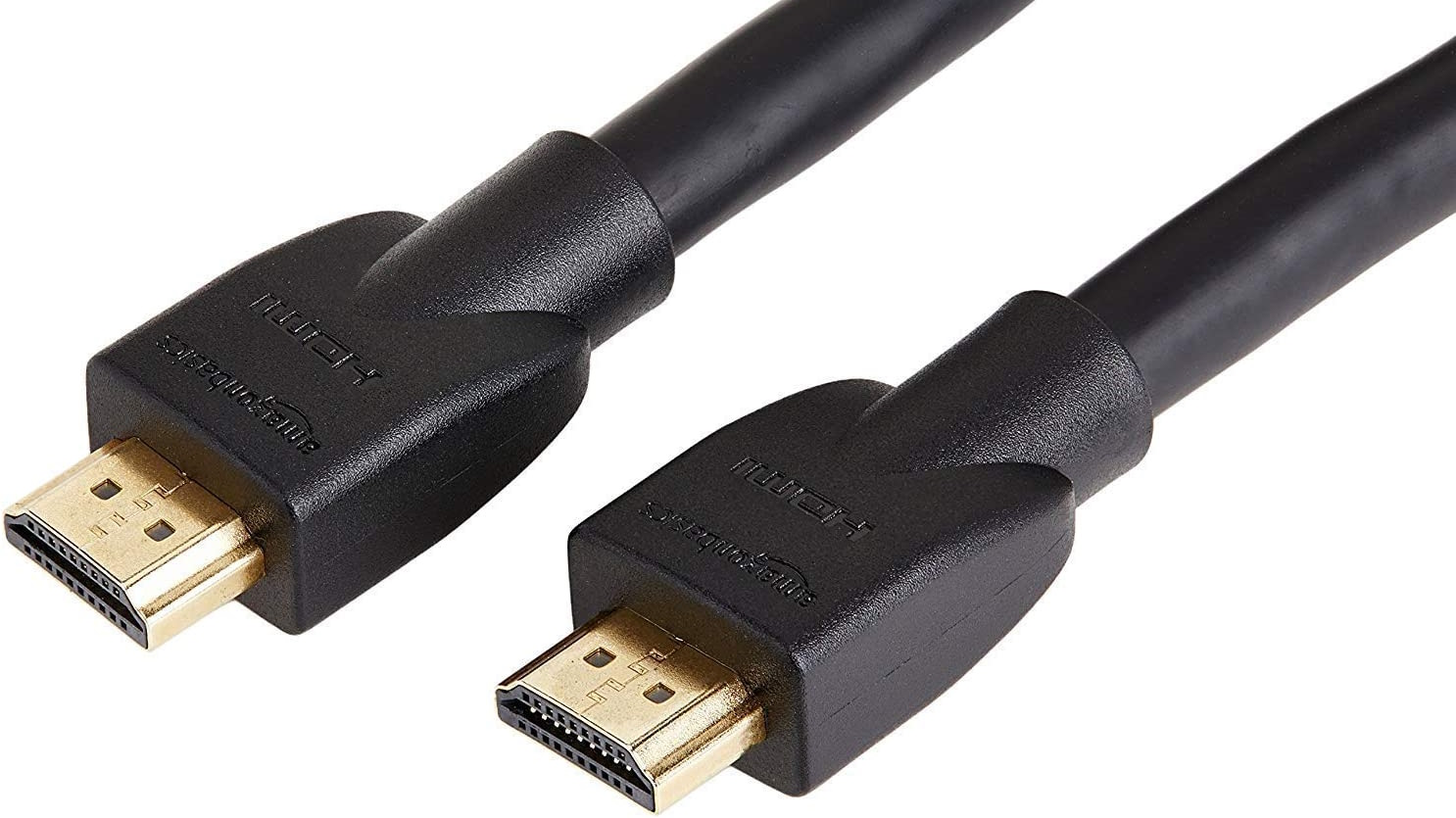
1. AmazonBasics High-Speed HDMI
Our expert review:
Specifications
Reasons to buy
Reasons to avoid
Not only is Amazon the largest retailer on the internet, but it also does a range of budget products in its 'AmazonBasics' range, including this HDMI cable, which comes in a variety of lengths, and supports HDMI 2.0 speeds.
It's one of the cheapest HDMI cables you can buy, but it's also well built and dependable compared to some ultra-cheap HDMI cables you may find from brands you've never heard of.
As the name (and price) suggests, however, this is a basic HDMI cable, so you don't get any flashy features such as gold-plated connectors or braided cables, and it only comes with two Type A male connectors. It also doesn't support HDMI 2.1, so it's not the best for people looking for high-end ultra resolution image quality, but for the price, this HDMI cable does the job, and does it well.
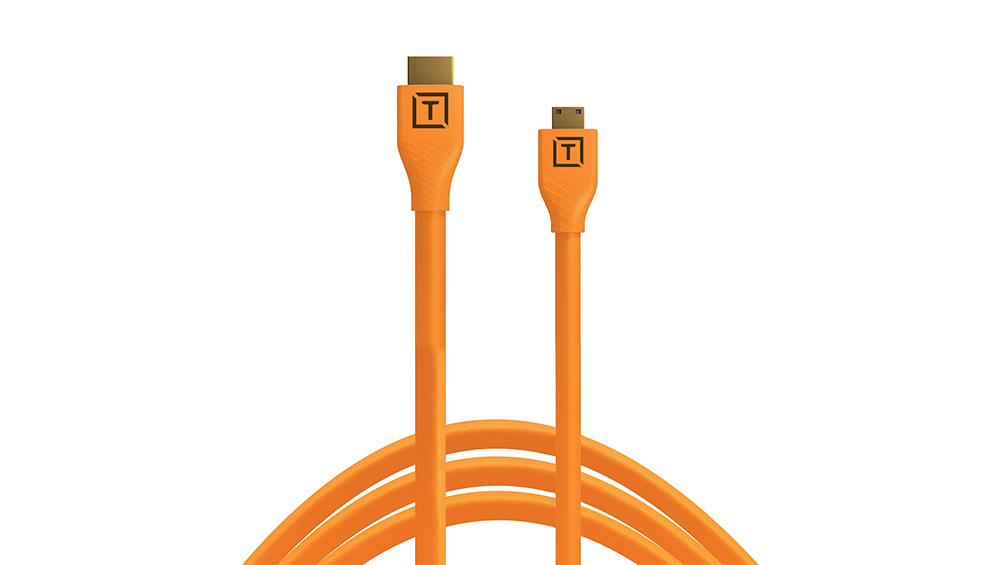
2. Tether Tools TetherPro HDMI Mini to HDMI 2.0
Our expert review:
Specifications
Reasons to buy
Reasons to avoid
Tether Tools is a company that makes high-quality HDMI cables that are very popular with photographers thanks to their performance and dependability. Thanks to the HDMI Mini connection (Type C), this cable makes it easy to connect your camera to a TV or monitor without needing any fiddly adaptors.
As it's HDMI 2.0, it can handle 4K up to 60fps (frames per second), as well as eARC compatibility, which should be plenty for a lot of people, though power users may be disappointed there's no HDMI 2.1 support.
The maximum length of these cables isn't the longest, either, so do make sure you know how long the cable is you need before purchasing.
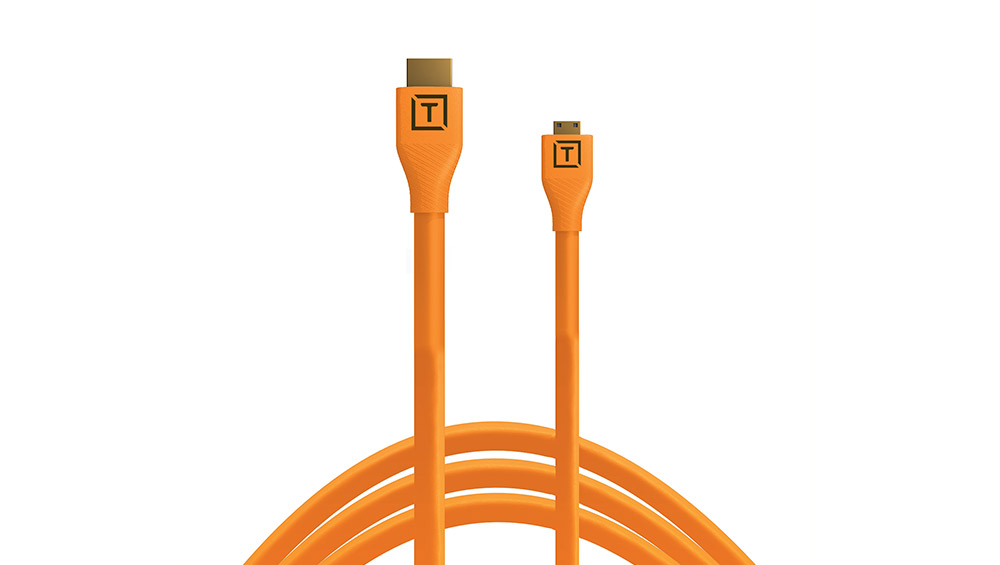
3. Tether Tools TetherPro HDMI Micro to HDMI 2.0
Our expert review:
Specifications
Reasons to buy
Reasons to avoid
If the device you're looking for has a HDMI Micro connection (such as some cameras and camcorders), then the good news is that Tether Tools also does a HDMI cable with Type D to Type A connectors.
Apart from the Type D (HDMI Micro) connector, this cable is essentially exactly the same as the TetherPro HDMI Mini to HDMI 2.0 above - and that's a good thing, as it means after checking what connector your device has, you can pick the correct TetherPro cable for your needs.
Do make sure you know which connector your device uses, however, as you don't want to order a cable with a HDMI Micro connection if you need to plug it into a HDMI Mini port - it won't work without an adaptor.
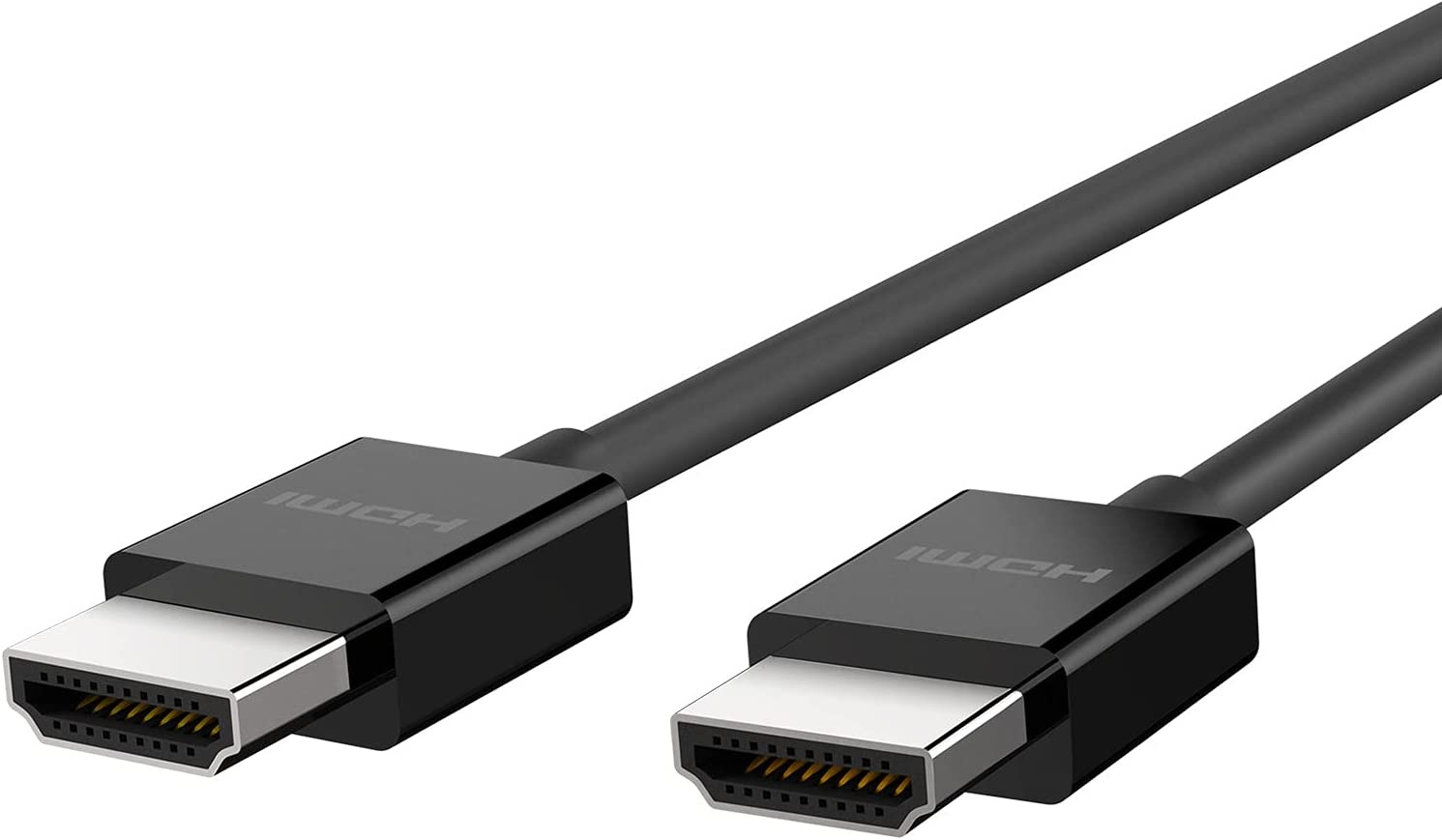
4. Belkin HDMI 2.1 Ultra High Speed
Our expert review:
Specifications
Reasons to buy
Reasons to avoid
If you want the very best HDMI cable that offers all the latest features, then the Belkin HDMI 2.1 Ultra High Speed is the cable to get. It supports HDMI 2.1, which offers 48Gbps video bandwidth, which means it can support up to 10K resolution, as well as HDR (High Dynamic Range) specifications like Dolby Vision and HDR 10.
Belkin is also a trusted brand when it comes to cables, so you can rest assured that this cable will last a long time.
However, it is very expensive compared to other HDMI cables out there. However, if you view this as an investment thanks to its future-proof feature set, then that price makes more sense. If you buy this cable, there's a good chance that you won't need to replace it for a very long time.
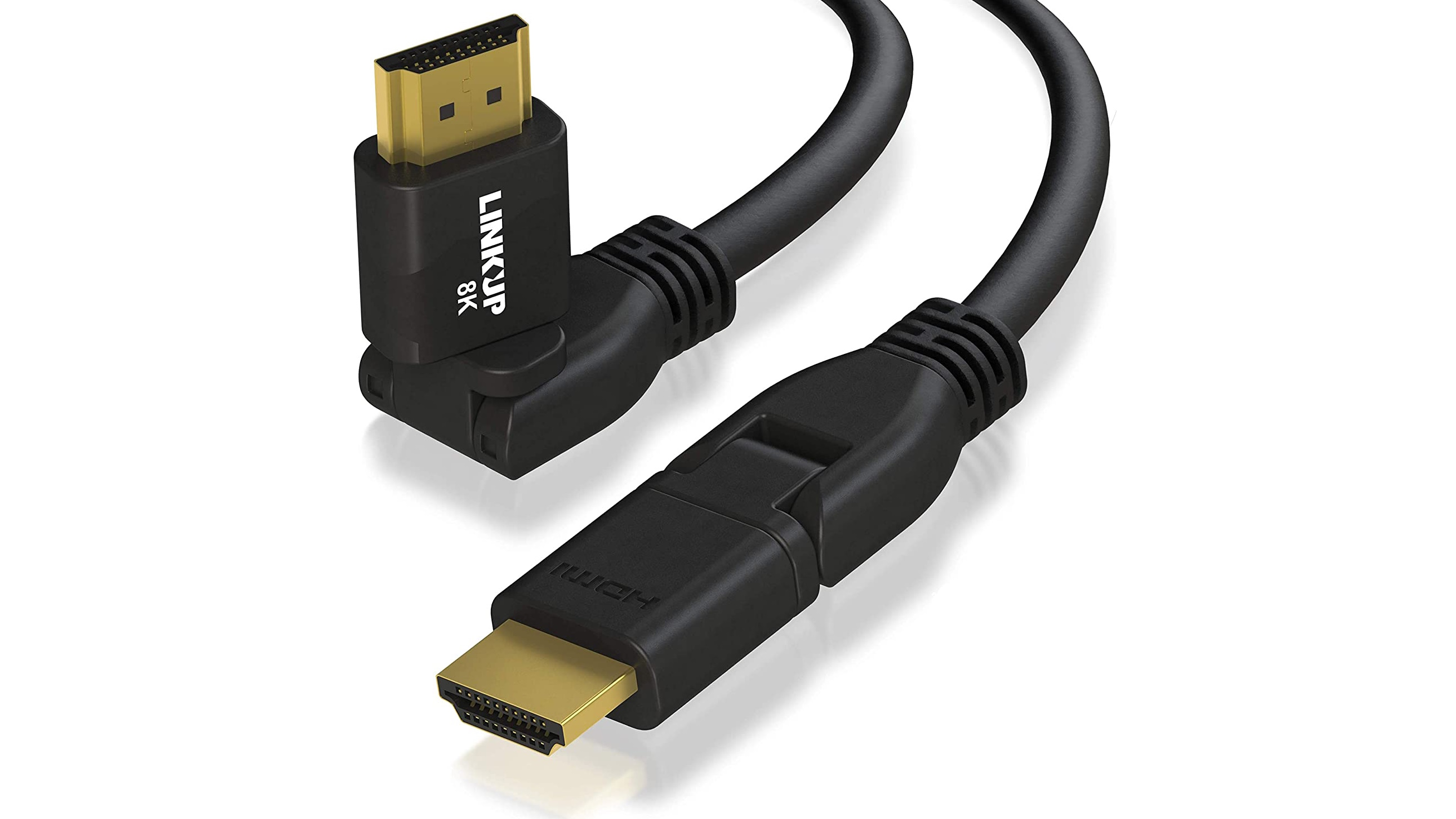
5. LINKUP Swivel Angle Connector HDMI 2.1 Cable
Our expert review:
Specifications
Reasons to buy
Reasons to avoid
If you're connecting a device such as a TV or set top box that is close to a wall or back of a cupboard, then consider getting an angled HDMI cable, as they allow you to connect a HDMI cable in hard to reach areas. The LINKUP Swivel Angle Connector HDMI 2.1 Cable is in our view the best angled HDMI cable you can get as the flexible connectors aren't locked at 90 degrees, so it gives you even more flexibility when it comes to connecting devices.
Even better, these cables offer HDMI 2.1 support, so you'll get the full suite of extra features, and the price isn't bad either, considering the unique design.
The only issues we have with this cable is that it only comes in three lengths, and the connectors are just standard Type-A, so you'd need an adaptor to plug one end into a camera with a micro or mini HDMI port.
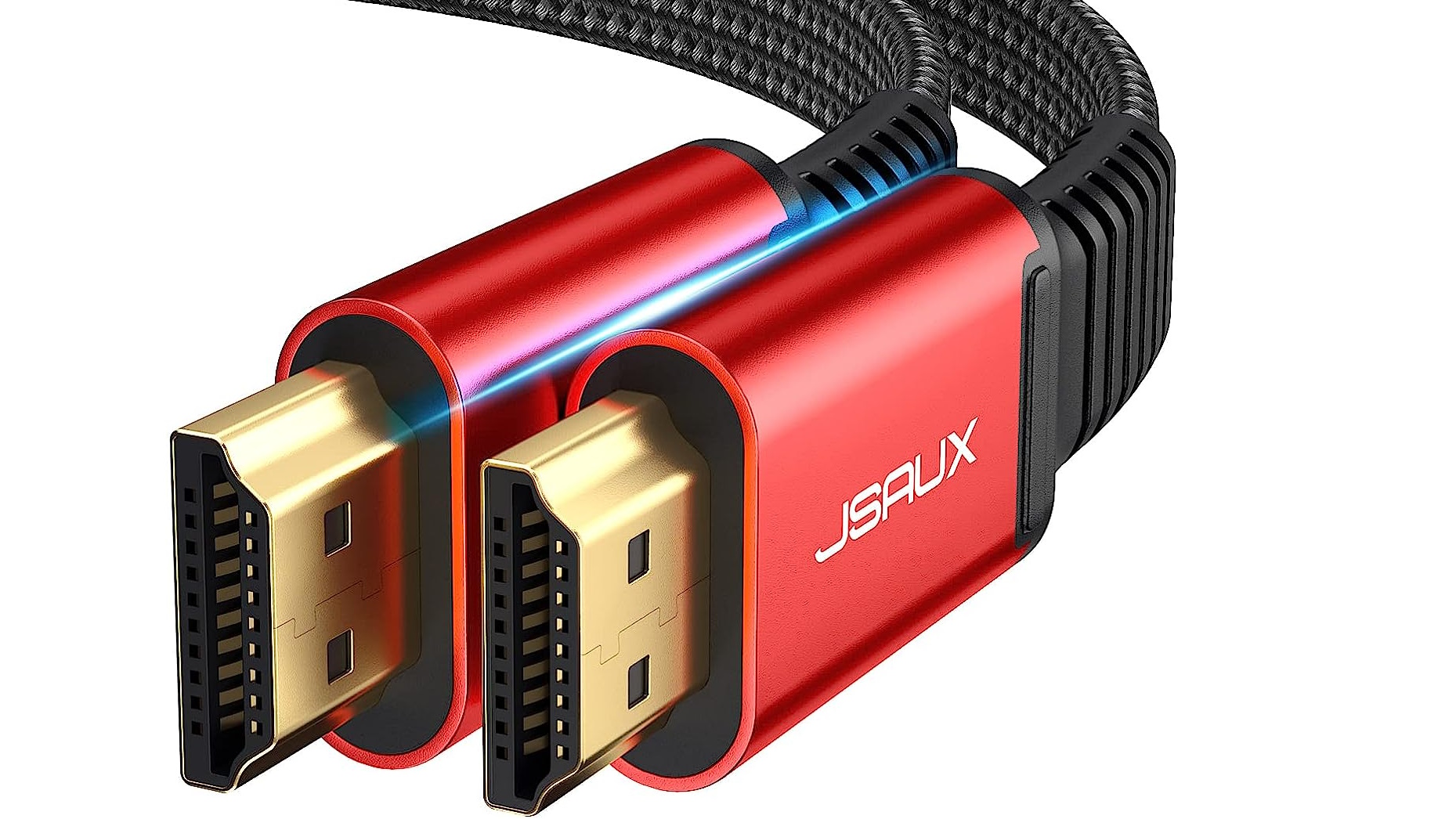
6. JSAUX Flat HDMI 2.0 Cable
Our expert review:
Specifications
Reasons to buy
Reasons to avoid
If you don't want chunky cables spilling from your TV or monitor and spoiling the look of your home, office or studio, then consider getting some flat HDMI cables. While the connectors remain the same, the cable themselves are flat, which makes it easy to install them unobtrusively.
Flat HDMI cables are also easier to carry around, which makes them a good choice for people who travel a lot. In our opinion, the JSAUX Flat HDMI 2.0 Cable is a great choice. It's affordable and comes in a range of lengths, and the braided cable itself is flat, but also robust enough that it won't get easily damaged.
Also, unlike many other flat HDMI cables, which are HDMI 1.4, this cable is HDMI 2.0, and while it doesn't offer the speeds or features of HDMI 2.1, it's still a good step up from the older standard.
Is HDMI 2.1 the best?
At the moment, HDMI 2.1 is the latest version of HDMI, offering the best set of features, such as support for variable refresh rates (VRR) and resolutions up to 10K.
So, if you have HDMI 2.1 devices and want to get the very best out of them, then yes, this is the HDMI version to go for, and it should prove future-proof.
However, not everyone will need the kind of features HDMI 2.1 offers, in which case HDMI 2.0 will be fine for most people.
What's the maximum length of a HDMI cable?
While there are no hard limits on the length of a HDMI cable, the signal can degrade the longer the cable is. For 4K resolutions, we recommend a maximum length of 3 meters to ensure the best possible image quality and reliability.
For lower resolutions, such as 1080p, the length can be longer, though 10 - 15 meters should be the maximum length to preserve image quality.
Get the Digital Camera World Newsletter
The best camera deals, reviews, product advice, and unmissable photography news, direct to your inbox!
Matt is TechRadar's Managing editor of core tech. Having written for a number of magazines and websites, there's no aspect of technology that Matt isn't passionate about, especially laptops and PC gaming.

